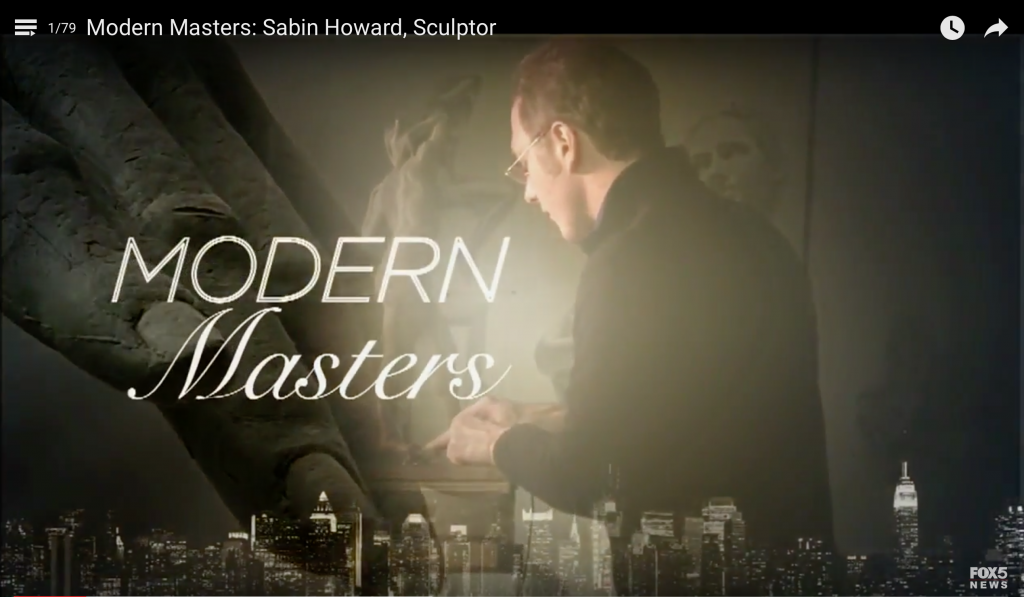
My husband Sabin claims that I am a gadget person. It’s not how I think of myself, but his view makes sense. I do enjoy gizmos that make my life easier. A recently purchased Krups water kettle boils the water for my morning tea lickety split fast. Considering that the dog (yellow, 55 lbs) and the 5 year old (also blond, 48 lbs) have both already jumped on my fetal-position, bed-hugging person by 7 am at the latest, and usually earlier, I worship that first steaming cup of Earl Grey. It goes down like amrita, the divine milk of immortality. Once the dog hairs are out of my mouth.
Before 2006, I was a PC person. I liked its functionality, its no frills business mien. All the programs were written for PC. My relationship with PC’s began in the late 1980’s, when I put myself through grad school in creative writing by building billing databases for a small accounting firm. I was also teaching Freshman Composition. Teaching was often less fulfilling. Those rasty undergrads were not as easily programmed as Dbase.
Cut to more than a decade later. My kids got Macbooks. They were learning on Apple computers at school. They knew more about computers and the internet than I did. My technologically illiterate husband got a Macbook. He was soon proficient at it. Worse, he got better and faster results than I did! Insult with a dash of injury. There was no help for it, my days as a PC person were numbered.
So in 2006 I betook myself to the Apple Store at 57th street in Manhattan, and I stocked up. iMac and Macbook, Applecare for both, Microsoft office, procare for myself. I took the computers home. I set them up. They worked.
No joke: right out of the box, with no fussing and no bs, the iMac and the Macbook worked. I had budgeted a solid week out of my writing to learn to use them; I only needed a few hours. And part of that time was spent gawking at a machine that was so insanely easy to use. I installed Microsoft Office and word processing was up and running. MacLink Pro translated my old Word Perfect files into Word docs. It was all very disconcerting. What was the catch?
Ah, yes, this is an imperfect world, a vale of tears and sea of illusion, and there are always problems, issues, and obstacles. The airport card on my iMac was a tad flakey. Sometimes, after a restart, the card just wasn’t recognized as installed. I’d have to restart several times before it showed up.
Dutifully I lugged the iMac in to the Apple Store and had my first talk with a genius. A polite young man, for whom my iMac worked perfectly. But since I insisted, he kept the computer to run diagnostics on it. A day later they called and it was still working perfectly.
OK, understandable. I picked it up and lugged it back home. Mostly it worked great. Sometimes that naughty airport card played hide-and-seek. Twice more I lugged it into the store to be checked out. Patiently, one mannerly genius or another, and one was a women, ran diagnostics. My iMac refused to show its dark side. This was not the geniuses’ fault; they ran a lot of diagnostics. They truly wanted me to be delighted with my iMac.
Finally, a few months before my applecare ran out, it happened again. I called applecare in despair. “I’ve brought it in to the store three times!” I wailed. “Do you know how heavy this thing is? I’m not a computer idiot, I’m telling you, the airport card only works intermittently!”
So they sent a tech to my home. Voila, the airport card played dead! Yay! Immediately, the airport card was replaced. Perfection.
There have been other issues these past 4 years, usually with my kids’ computers, twice with my macbook. Applecare has been unfailingly polite, supportive, and helpful. Other Apple stores have opened in Manhattan; I’ve been to the ones on 14th street, and lately, the Upper West Side store. Never had a bad experience. Some weird stuff happens in these NYC stores, all kinds of folks wander in, some with chips on their shoulders. I’ve witnessed customer explosions. Never once have I seen an Apple employee lose his or her cool.
I’ve ordered online from the Apple online store, and it’s the same deal: exemplary, respectful customer service. An attempt to figure out what the customer needs and provide it quickly, with a minimum of hassle.
It’s not just the customer service, though. Apple products work well. I was an early iPhone user, and I remember vividly bringing it home and using it. It did everything it said it would. The iPhone was one of those few things in life that lived up to its hype. What else can say that? Even sex is hit-or-miss, especially after you’ve been married for a bunch of years, and there are kids in the next room, just waiting to run in and launch themselves at you.
So, yes, I’m now a diehard Apple devotee. Do I have suggestions for them? Sure do. I’m just that person; if God Herself came down to stand next to me, I’d thank and praise and then pull out my punch list: “Merciful Deity, Can You do something about war, poverty, and illness?”
Also, I’m waiting for the iPad to multitask before I shell out the $ for one. But it’s just a matter of time. Probably after my husband or one of my kids demonstrates their obvious superiority by possessing one.











